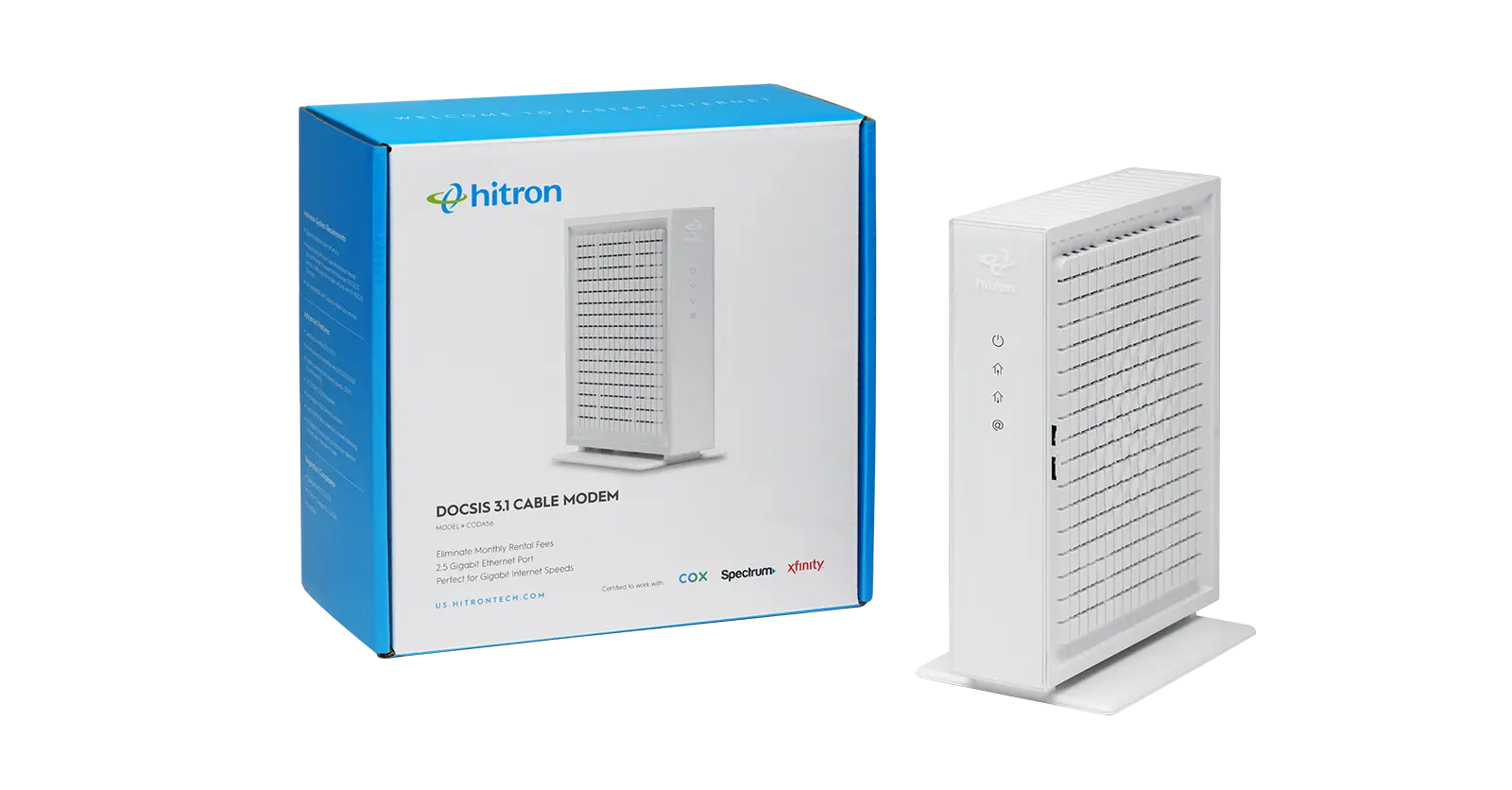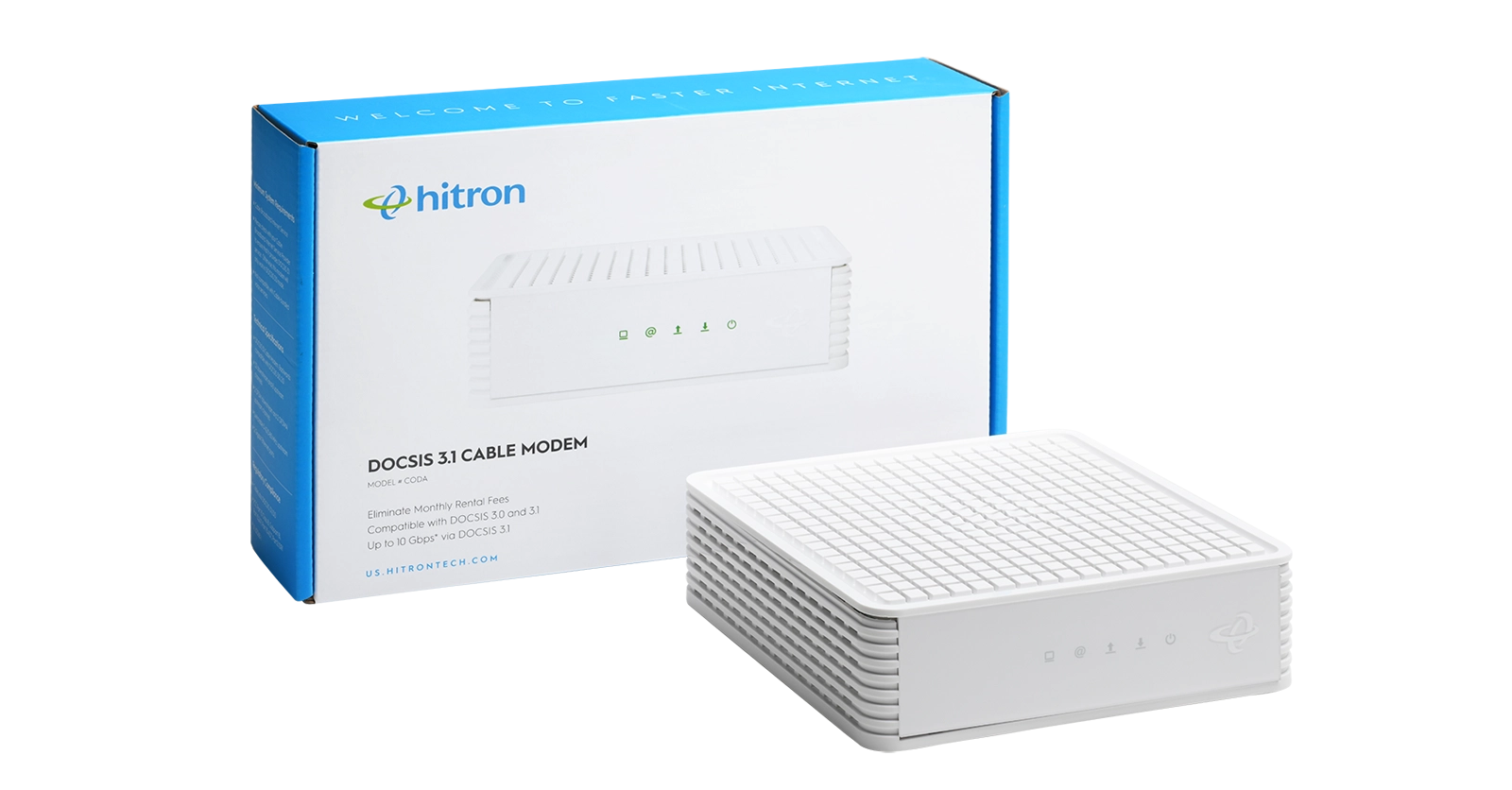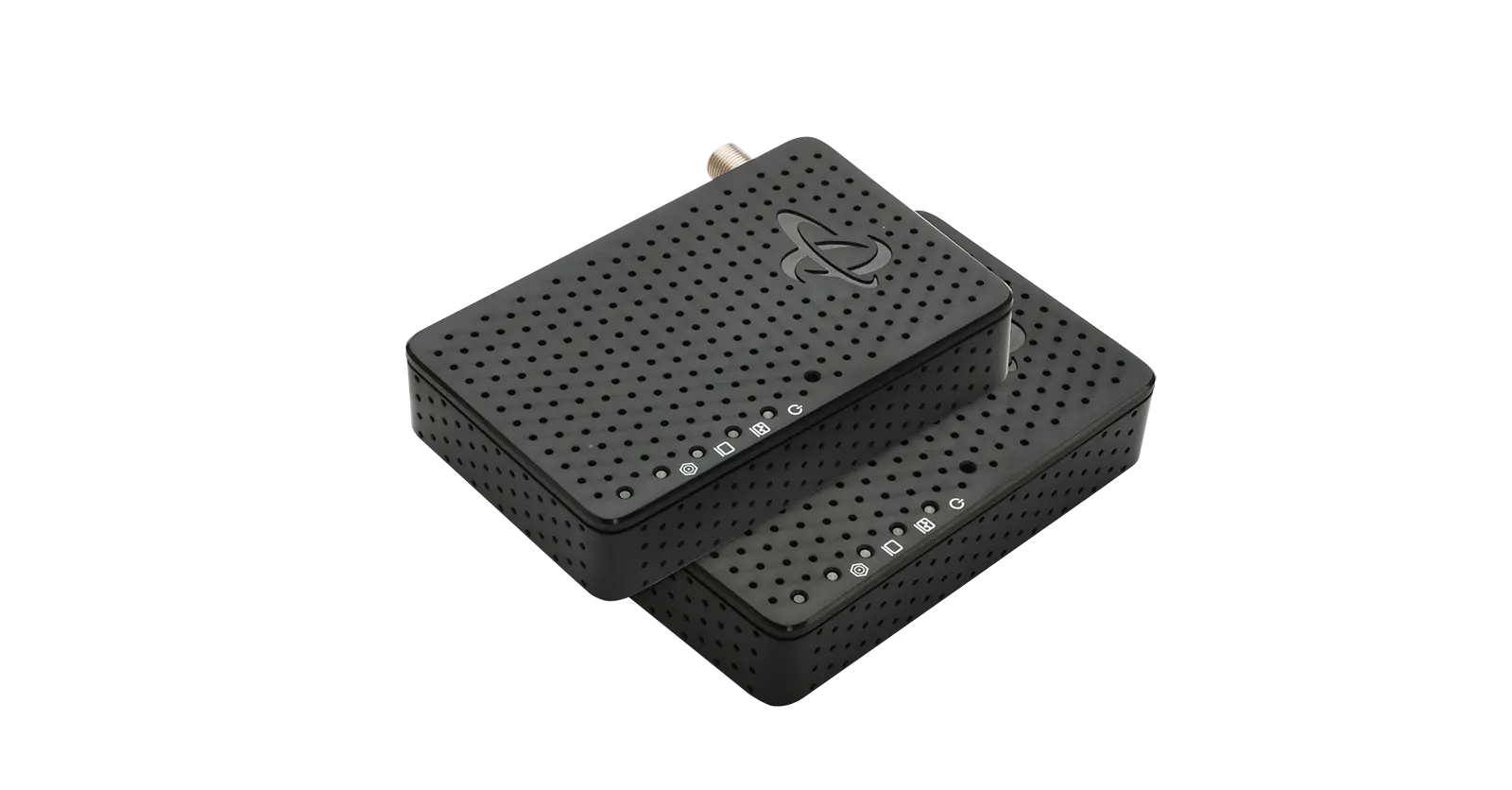Fiber optic technology has transformed the broadband industry. Thanks to its ability to accommodate higher bandwidth and greater speeds, fiber has evolved as an essential part of the digital economy. Fiber networks skyrocketed with the rise of the Internet in the 1990s and the subsequent growth of the digital economy. And as the Internet continues to increase at an exponential rate, so too does the need for more bandwidth.
The Global Market
The global optical fiber market reached $3.47 billion in 2017 and is estimated to hit $8.15 billion by 2025, with a CAGR of 11.6% from 2018 to 2025. The emergence of 5G and the growth of fiber to the home (FTTH) connectivity are two major drivers of the optical fiber market.
5G Technology
The 5G revolution is here: the global 5G infrastructure market size is projected to reach USD 496.6 billion by 2027, at a CAGR of 106.4% from 2020 to 2027. The 5G standard ushers in a new generation of technology with faster speeds and increased capacity to connect the Internet of Things (IoT) and provide mobile broadband. But the potential of this new wireless advancement depends on a wireline network, namely fiber brought close to the customer. Here’s why.
5G networks can deliver gigabyte speeds using high-band spectrum that can transfer significantly more data, but over shorter distances than the lower frequencies currently used in wireless networks. Carriers will therefore need many more access points that cover smaller areas – this is known as the small cell deployment. An FCC commissioner estimated that the U.S. needs 800,000 small cells for 5G and IDC expects over 2 million small cells by 2021.
Small Cell Deployments and Fiber Backhaul
These small cells need connections to fiber/cable backhaul in order to support 5G’s capacity and speed potential. As a result, U.S. carriers are focusing their efforts on fiber optic cabling in their network, and we expect to see a convergence between traditional wireline/cable operators (who have the fiber optic plant) and cellular wireless carriers. We also expect to see multiple wireless carriers sharing the fiber backhaul, rather than building out separate fiber plants to each neighborhood.
In addition, the increased bandwidth and low latency of 5G networks will spur new technologies and applications, including artificial intelligence (VR/AR), autonomous vehicles, and IoT. All of these new and exciting applications will require a fiber backbone.
Growth in Fiber to the Home (FTTH)
While the bulk of Internet traffic terminates on a wireless device like a smartphone or tablet, nearly all of that traffic relies on wireline broadband infrastructure (fiber, cable, copper) and home WiFi or hot spots. According to Deloitte, wireless networks carry 11 percent of traffic, implying that wireline networks support nearly 90 percent of total Internet traffic.
The last mile of telecommunication has traditionally been dominated by copper wiring. However, as costs come down, operators are bringing fiber optic cables all the way to the home or building. By the end of 2019, U.S. broadband services providers and network operators rolled out enough FTTH infrastructure to reach 46.5 million U.S. homes. 2019 marked the second year in a row where FTTH activity reached record levels in the US.
Paving the Way for Future Technology
Advanced applications like streaming video, OTT content and IoT are driving the demand for higher bandwidth and speed and consequently, the need for FTTH and FTTB. In 2020, the streaming industry experienced unprecedented growth due to the COVID-19 pandemic and lockdowns, with entertainment, Zoom calls, and telemedicine leading the way.
For example, Deloitte predicts the percentage of virtual video visits to doctors “will rise to 5% globally in 2021, up from an estimated 1% in 2019.” And Comscore recorded that OTT consumption grew by both total households and total hours in 2020. 69.8M homes used OTT in April 2020 (representing an increase of 5.2M homes since April 2019) and the average home viewed 102 hours of OTT content in April 2020 (an increase of 17 hours compared with April 2019).
Wireline bandwidth to homes and businesses will become even more essential in the years ahead and fiber will play an important role to support future content delivery including 4k/8k streaming, gaming, AR/VR, telehealth and entirely new content and application platforms.
Ready to discover more about cellular service with mobile backhaul over DOCSIS? Contact our friendly Hitron team to find out more.


